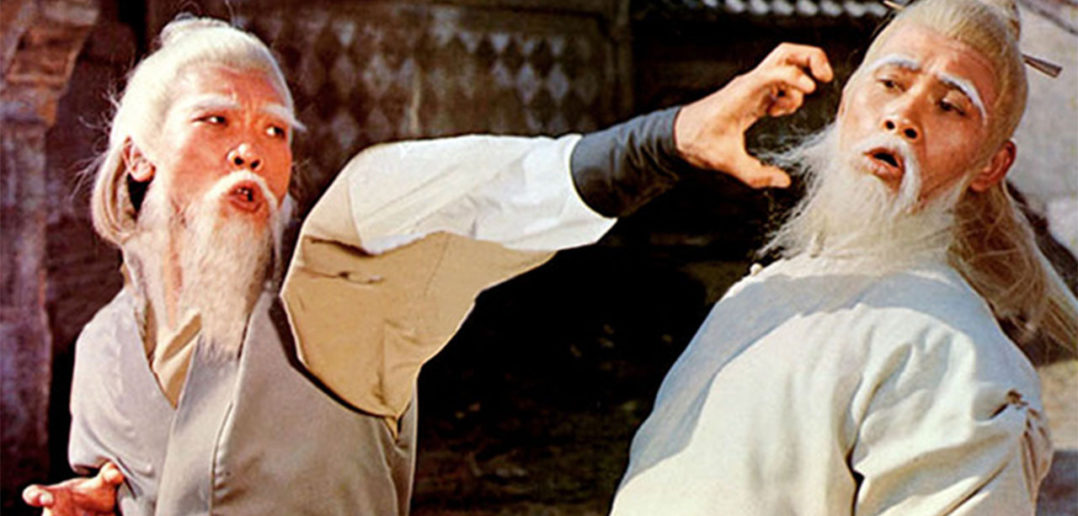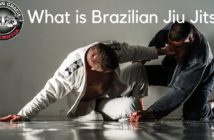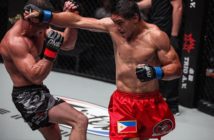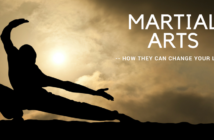by Phillip Starr
When I first took up the study of martial arts I believed that the peculiar forms of punching, striking, and kicking contained some special force, a kind of “magic” (for want of a better word) that would enable me to knock the largest adversary flat on his butt. You have to admit that the forms of punching as they are demonstrated in the various forms of karate and kung-fu are a little strange and not at all like the knee-jerk, “natural” form of haymaker that most people would throw if they were engaged in a scuffle.
I’m convinced that my first teachers believed in that same magic because they never mentioned things like, “using the whole body as a fist” or “striking with the force of the entire body.”
Needless to say, I found out in pretty short order that the peculiar punches, strikes, and kicks bestowed no mystical power on me. Being a very slow learner, I suffered many beatings before I had to admit that something was amiss. But what? What could be missing? Surely, there was more to these arts than I could see.
It was my primary kung-fu teacher, Master W. C. Chen, who opened my eyes. “You are using your strength,” he said. “And you are too small to exert much strength. You are fast but you have no real power. You hit only with your arm or leg. A strong enemy can overcome your technique easily.”
And so it was that I began learning REAL martial art. It began with the horse-riding stance (ma bu) and then the bow and arrow stance (gong bu), cat stance (ding bu), and several others. “Strength begins in the legs,” Chen told me. “If your legs are weak you cannot get (generate) real power. If you cannot stand, you cannot walk. If you cannot walk, you cannot run. So, first you must learn to stand. Just stand.”
Once my “foothold” was firm, I learned how to move my body to generate power. This was done via six forms of body movement (which are known as the “six body actions” in Yiliquan – and which have since been expanded to “eight body actions”). So, Chen first emphasized the foothold. The next step involved learning basic technique and the third step included learning to apply the foothold (root) and technique via the six body actions. This was what Chen called “quan (chuan) shu”, which means, “fist art” and refers to the (outer) form of martial art. It is what is easily seen, what is often admired by the public, and it is only the first stage of true skill.
Most modern martial arts adepts aspire only to learn the “quan shu” and once they have developed skill in it, they feel that they have reached the pinnacle of martial prowess. But they are wrong. All they have done is acquired skill in the outer shell (wai zhuang) of the art. They have yet to examine the meat of the matter.
Once the pupil has trained in the wai zhuang to develop quan shu (and this absolutely MUST be done correctly), he or she is then ready to begin practicing the nei zhuang (internal power) of the art. It is presented in stages. In Yiliquan, students may, even during the wai zhuang training, begin to learn and practice some of the nei zhuang gong (special conditioning exercises intended to strengthen, stretch, and toughen the unseen internal tissues that are utilized in generating real internal force) and the so-called “engaging” exercises, in which intrinsic force “inflates” the internal tissues.
Only after the internal tissues have been properly conditioned and trained to “engage” can the student begin to learn the panjaozhang gong (hand/arm coiling exercises and power) and eventually the special qipanjao (energy/breath coiling) techniques, which are practiced in stages:>
1. Standing, Big Frame Coils
2. Moving, Big Frame Coils
3. Standing, condense the coils to reach the Small Frame Coils
4. Moving, ditto
Only through the application of these “coils” can true fajin be generated.
It is my contention that the original forms of karate, which developed largely from southern forms of Chinese boxing, contained all of this information and it is still hidden within some of their kata (forms).
The small, unseen tissues (ligaments, fascia, and so forth) not only of the arms, waist, and legs, but the torso as well, must be properly employed in the correct sequence and to put this down in writing would be extremely difficult. Besides, I fear that there would be those who might try to learn the nei zhuang from such writings and that is simply impossible.
Even in my own training hall, it is necessary for students to place their hands on my body and actually feel what is going on inside as the coiling technique is applied and fajin is generated. Only then can they really begin to understand it. Incorrect practice can lead not only to simple failure; it can result in very real damage to internal tissues.
Too often, students hear about the nei zhuang and get in a hurry to learn it. This is foolhardy since the development of proper wai zhuang is essential before moving into the realms of nei zhuang. Nowadays, there are teachers (including Chinese!) who assure their students that they can begin the nei zhuang even in the early stages of their training but be assured that this is intended only to fatten the purse of the teacher at the risk of injuring or, at the very least, discouraging the hapless pupil who doesn’t understand why he “just can’t get it.”
Even in the “old days”, real “kung-fu” (also, “gongfu”) was very rare. It still is.




